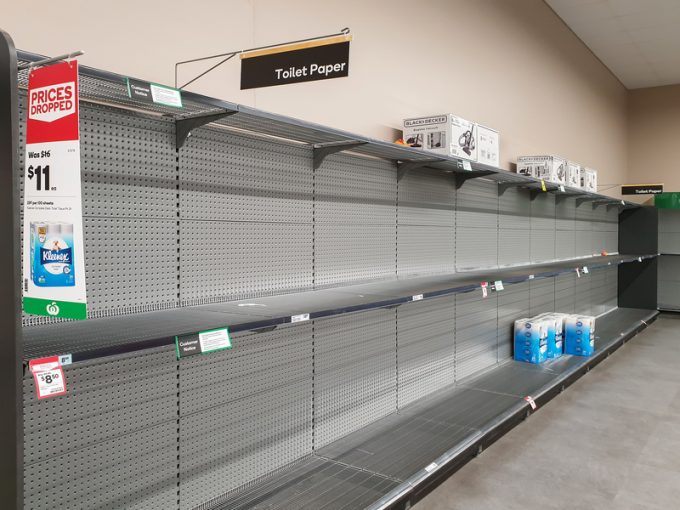SNAFU at TOC Europe, but what's this? Positivity sighted!
Amid the gloom

Covid-19 has renewed focus on supply chain resilience, but despite two-thirds of companies experiencing supply chain disruption, in the past decade only half of them have taken any measures to build resilience.
A report published last week by 3D Hubs found that more than 96% of ...
MSC switches two more Asia-Europe port calls from congested Antwerp
Front-loading frenzy has made traditional H2 peak season 'unlikely'
Canada and Mexico get cosy with trade plan to bypass US
Tradelanes: Export boom in Indian sub-continent triggers rise in airfreight rates
Carriers introduce surcharges as congestion builds at African ports
Mexican airport modernisation plan unlikely to boost cargo facilities
Ports and supply chain operators weigh in on funding for CPB
Tradelanes: Overcapacity on Asia-S America impacting alliances and rates

Comment on this article